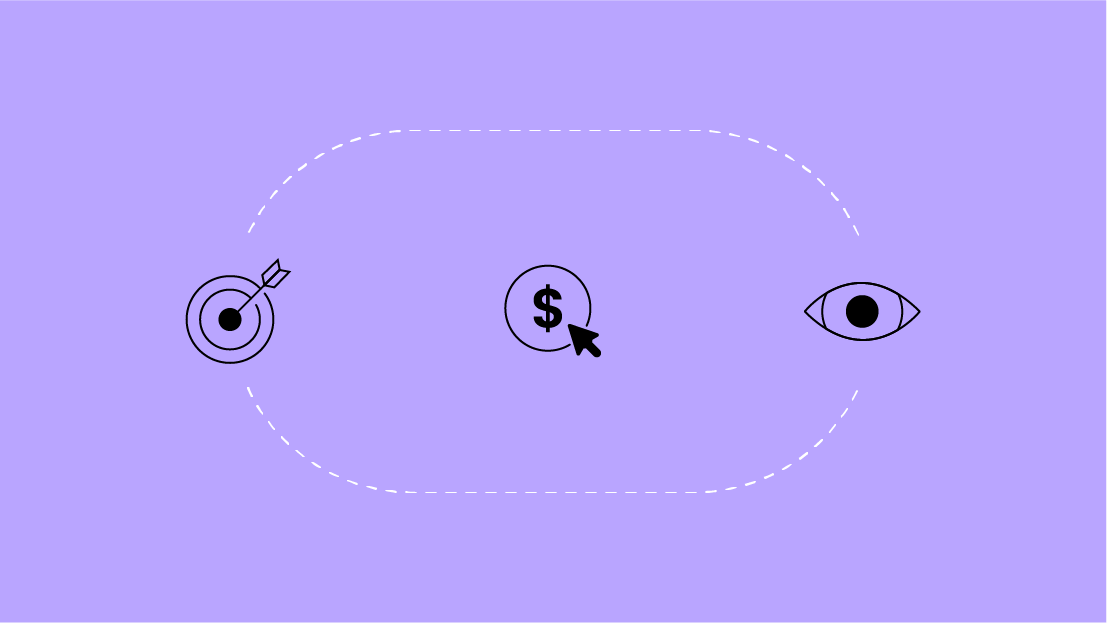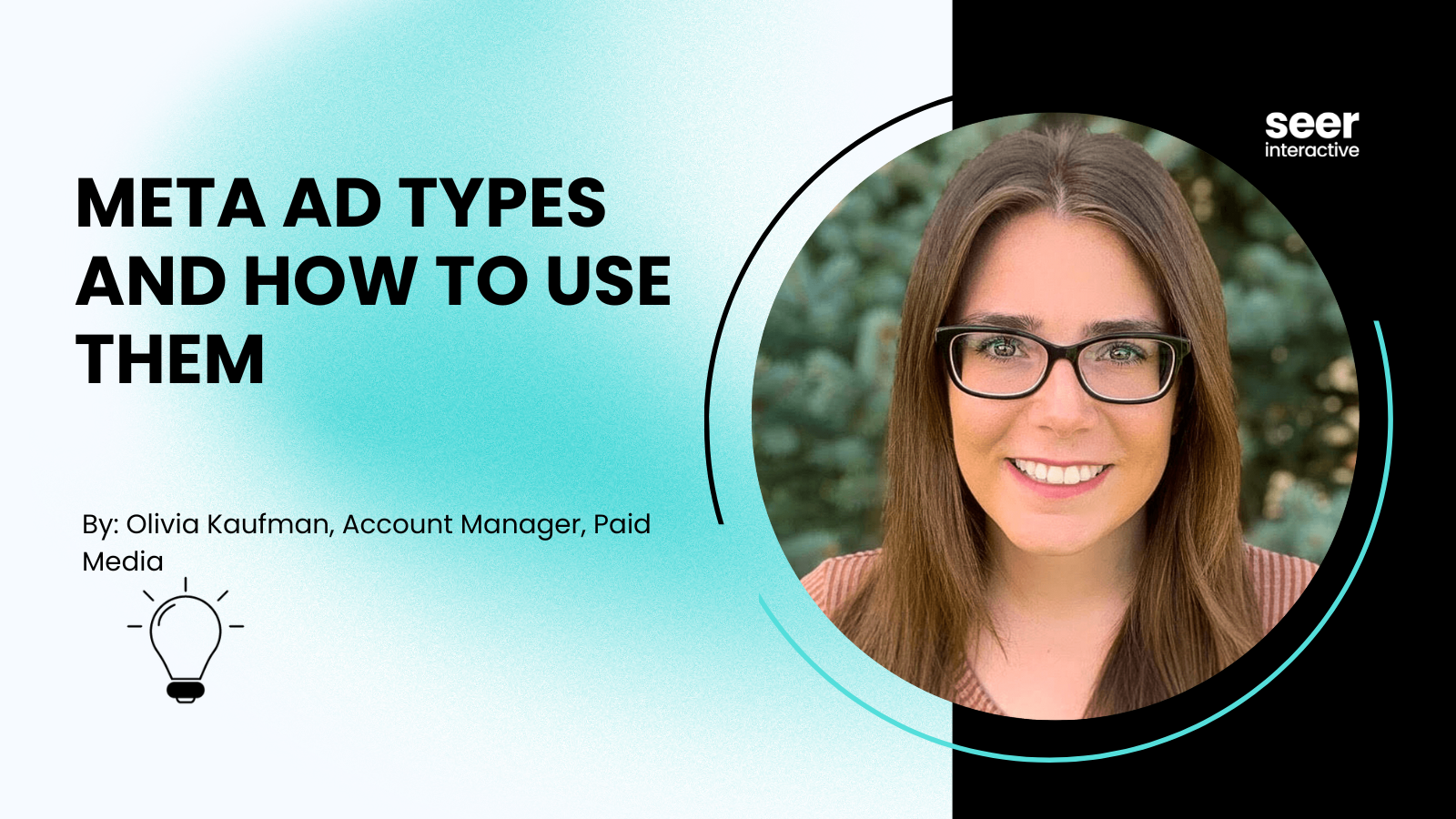We all know mostly what goes into a delicious chocolate chip cookie:
- Flour
- Sugar
- Probably some salt
- Chocolate chips
We might not quite know what the specifics are in terms of amounts of ingredients, nor might we know the exact process for turning the raw ingredients into our delicious treat.
But we nevertheless have an understanding of how it all goes together.
Quality score is a little like that chocolate chip cookie.
We have a good idea of what the ingredients are:
- Expected CTR
- Ad relevance
- Landing page experience
The Set-Up
I was recently in a position where I could play around with a quality score ingredient to see if I could turn some bad quality scores around.
In this scenario, my client's landing pages were almost entirely image-based.
Sure, the text was there, but it was encased in JPEGs, so Google didn't really know what the page was all about.
We mentioned this to the client at launch, but we pursued with the landing pages as they were for the time being.
It wasn't until months later that I showed the client a graphic like the one below of their landing page that the importance of crawlable text kicked in:
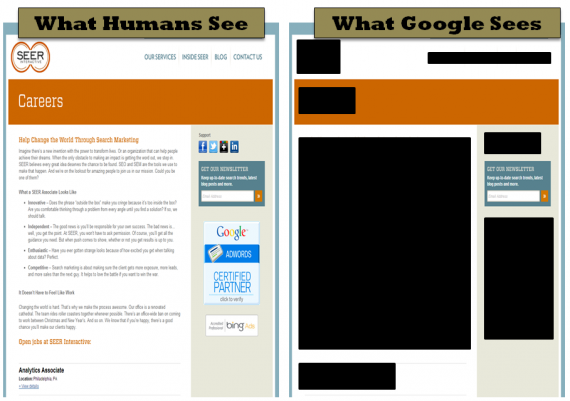
With that it was clear: Google tells us what a good landing page consists of, and if Google can't read what this page is about, then our keyword relevance is probably crippling our quality score! (And in turn, causing our average CPCs to be higher than they need to be). So we knew what we had to do, we had to make it so Google to read this page.
Methodology
Completely re-doing the landing pages was out of the budget, so we took a shortcut approach.
We transcribed the text within the images and placed it within the code on the back end of the page.
If you do a Ctrl+F search on the page, you'll actually find the terms you search for, but you can't see them.
So this essentially created invisible text that Google could actually see. We had concerns that taking this approach could incur penalties, but we triple-checked with our Google rep and were told that while it might not give us the results we wanted it would not be in violation of any policies. So, would it work?
Results
We shifted the needle on CPC and Quality Score! Might not seem like a lot, but overall, we:
- -8% in Cost-Per-Click after two weeks
- -8.2% in Cost-Per-Click after seven weeks
- +.04 in Quality score after seven weeks (from 3.6 to a solid 4)

But some keywords experienced better improvement than others (we discovered some important words missing from some campaigns' landing pages), so the results are much more striking at a more granular level:
Branded Quality Score Lifts
Brand keywords are already supposed to have a great quality score, but because Google couldn't read the writing on the wall (so to speak), we had several 3-4 quality score brand keywords. Once we made the pages crawlable, our lowest quality score brand keyword was a 7 after just 2 weeks.
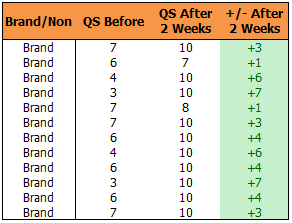
Non-Branded Quality Score Lifts
For non-brand keywords, we saw several quality score improvements in the campaigns that didn't have that landing page issue mentioned above.
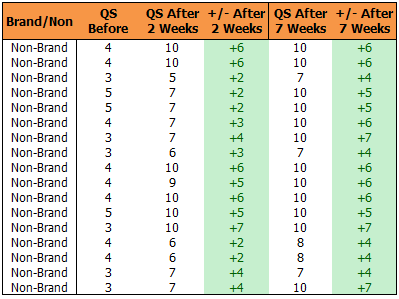
As you can see, we took several 3-4-5 quality score keywords and turned them into 10s after 2 weeks…and even more after 7 weeks.
Cost-Per-Click (CPC) Lifts
Finally, how did these improved quality scores affect CPCs? Fairly dramatically in some cases!
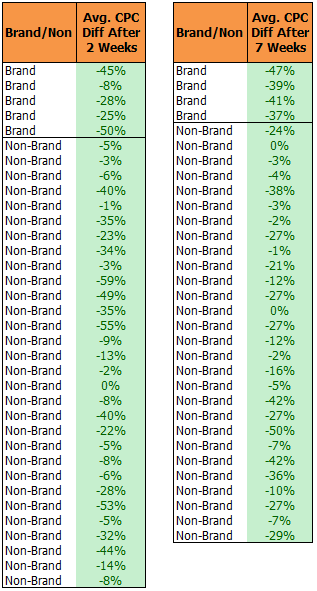
After 2 weeks, we saw several keywords drop between 2-59%. After 7 weeks, we still saw decreases, but fewer keywords with decreases from the original. The reason for this was actually that the decreasing CPCs were causing us to fall below our monthly budget. With the lower CPCs, we were actually able to boost our bids, which allowed us into better positions with the goal to attract more traffic (show below) and conversions.
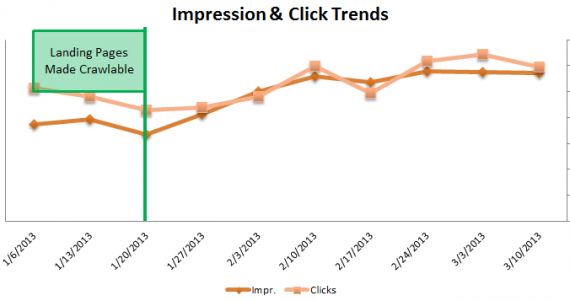
In Summary:
So in terms of a quality score chocolate chip cookie, keyword landing page relevance would seem to be a super important ingredient…maybe even the chocolate chips themselves. Now, low quality scores could be an indication of a lot of things, so take all this with a grain of salt. But make sure there is good carry-over from your keyword list to your landing page…and make sure the engines can actually see it!

